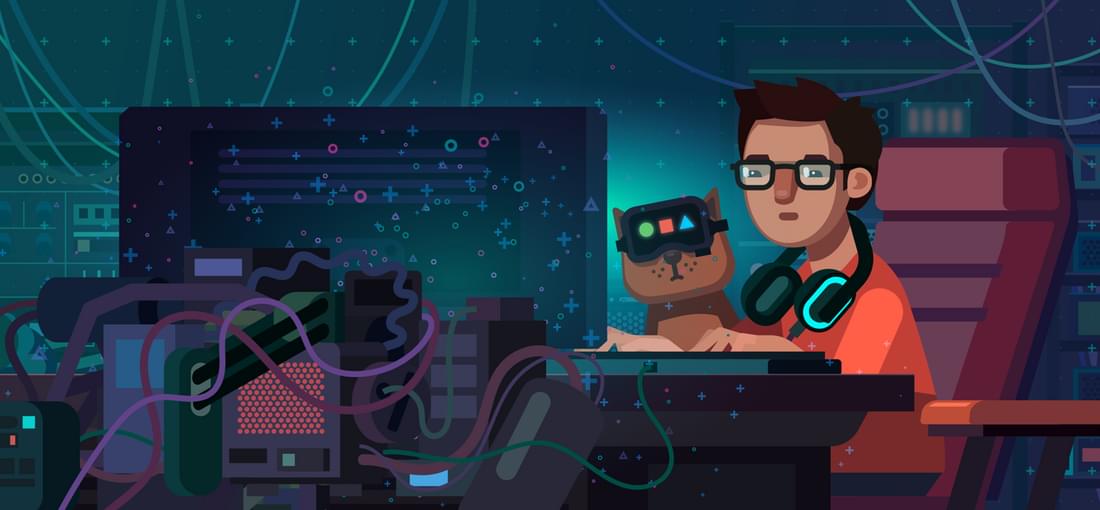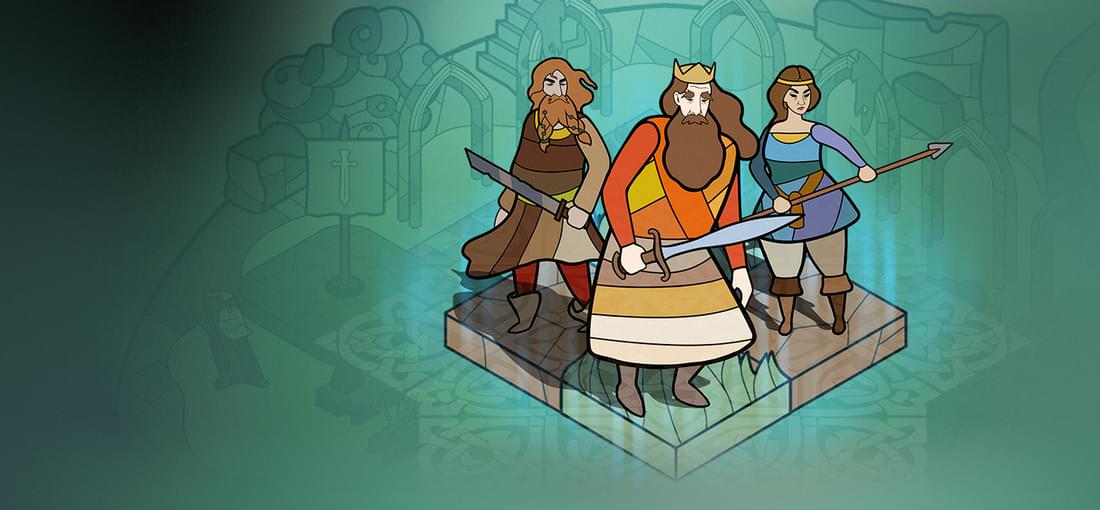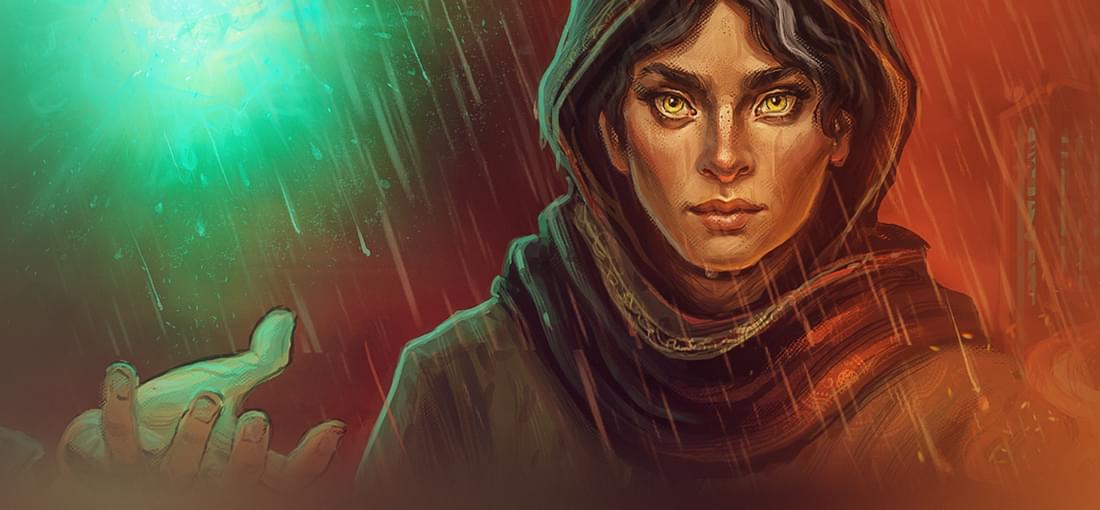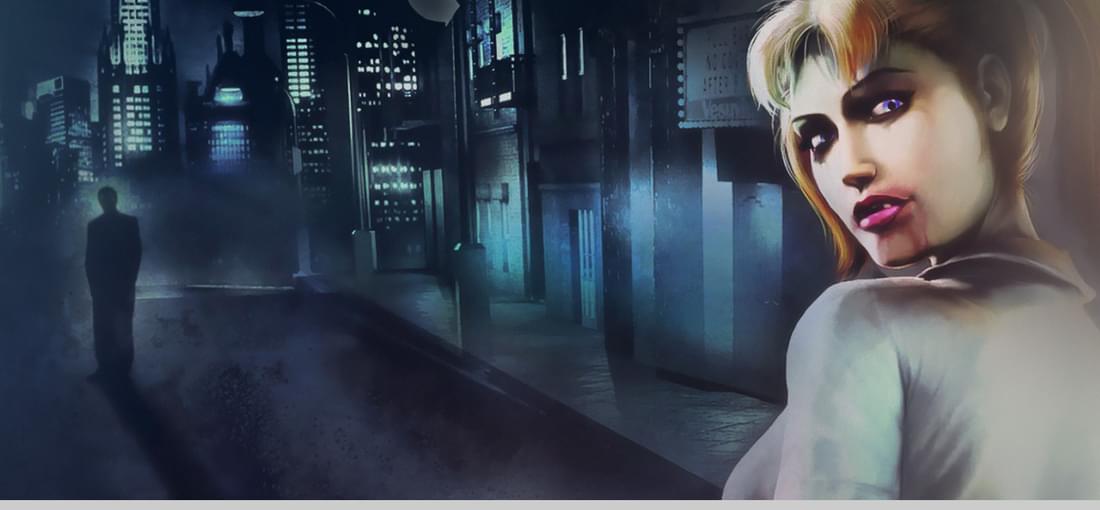


The title of the review says it all: it's a puzzle game with a machine learning theme, not a game about ML. The obvious comparison that comes to my mind is Human Resource Machine, which is about programming in assembly, because the two games have a very similar format. However, while the "skills" learnt in HRM can be transferrable (to a certain extent) to actual assembly programming, I can't really agree with the claim in the promo video that with this game you "learn how ML works in real life", because the level of abstraction between the puzzles shown in the game and an actual ML problem is simply too great. You can learn, however, what different terms used in the field of ML mean and you get a handy collection of links to get more information if needed, so the game has indeed educational value. Misleading promo aside, as a puzzle game I found it very funny and addictive, but I have to knock off a couple stars for some issues (mostly due to the UI) such as: - I understand a limit on the number of blocks, but the area on which the blocks can be placed should be larger to avoid clutter; - The reinforcement learning screen is a mess - thankfully the RL puzzles themselves are easy; - Some blocks are poorly balanced and end up being never used (at least of you aim for a gold rating); - When investing in startups, it is very difficult to understand the link between number of customers, incoming workload and revenue and consequently how to best optimize the algorithm (e.g. you can see that there are more customers than you can serve but if you add extra servers you may end up with a lower profit or even a loss despite managing to serve all customers). All in all, the sum of all parts of the game clicks for me but in view of the issues above your mileage may vary.

... and if you didn't, you probably won't. If you don't know what Coteries of New York is, I suggest you to look up its page and have a look at the reviews (I also wrote one) to get an idea (although playing that game is not a prerequisite for enjoying this one, I'd recommend it). Taking the previous game as baseline, I can say the following about Shadows of New York: = still a visual novel, based on the same engine as Coteries, the only graphical innovation are a couple of grainy videos that in my view did not bring much to the story or the atmosphere. There' s an autosave and no possibility to save the game manually, but as I said for Coterie, for this kind of game is not that big of a deal - still no "intelligent skip" that skips only the parts you have already seen in a previous playthrough +/- there's no character selection, you play as a specific character. This reduces player choice, but helps the writers build the character better = still overall a very good vampire story - short like Coteries; expect a playthrough to last 3-4 hours depending on your reading speed; unlike Coteries, the single character focus gives me little motivation to play it again. ++ the dialogue with Dakota on conspiracy theories is the best piece of videogame writing I have read in recent times - The devs have marginally improved player agency by providing multiple (three, but in practice two) endings, but on the other hand the structure of the game makes it much clearer that a lot of the choices you are given don't matter at all. I found Coteries better at maintaining the illusion of agency, although everything falls apart by the second playthrough. Overall I´d say that the story is better, but the gameplay (what little there is) is worse, and this leads me to rate it the same as Coteries (base two stars, plus one star because despite all the flaws, I still really enjoyed playing it).

This game is a visual novel, and thus should be rated as such - it makes no sense in my view to compare it with a full-fledged RPG. With that in mind, these are the considerations that led me to give it three stars: - The story is of course the main component of a VN: the one in this game nails the setting of Vampire: The Masquerade quite well and will keep you engaged if you like that setting (as I do), otherwise your mileage may vary. - The game saves your progress automatically, and the only way to re-do a choice is to re-start the game. I normally don't like this approach, but in this case it is successfully used to create tension and not frustration, since there are few "Bad Ends" and none of them catches the player completely unaware. - The player can impersonate one out of three characters, and there's no way to experience all the events in a single playthrough; on the other hand a single playthrough is quite short (3-4 hours of reading) so even by taking the completionist approach (which requires about 4 playthroughs), the game is not particularly long, even for a VN. - A capital sin for a VN that encourages multiple playthroughs, there´s no way to skip ONLY the text that you have already seen in a previous playthrough. - A lot of reviews complain that there are no real choices in the game; this is not true, a lot within the playthrough may change depending on who you choose as character and on your dialogue choices. What is true is that many of these choices do not have lasting effects, and that the player's agency is close to zero in the final part of the game. The autosave feature is there also to limit the player's ability to "game the game", and suggests that while the game was designed as an interactive experience, the focus was on "experience" and not "interactive". -The game ends quite abruptly, on a cliffhanger of sorts. It's not my favorite kind of ending, but it can make sense in the context of the story the game is trying to tell.

Pendragon puts you in the shoes of one of the characters of King Arthur´s legend (in the beginning Guinevere or Lancelot, but you can unlock other characters when you meet them in game), who is trying to get to Camlann in time to help Arthur in his confrontation with Sir Mordred. Along the way, the characters meets many enemies and a few potential allies that can be recruited. The game plays a bit like FTL in that there´s permadeath, the map is procedurally generated and you are almost always forced to press forward, so picking the next location at a crossroads also establishes the direction the characters will follow for a while. The focus of Pendragon is not so much on resource management (although there´s a hunger mechanics, which requires the player to look for food), but rather on combat. Combat is grid- and turn-based and it requires to exploit the terrain and how the various units can move in order to gain initiative on the opposing party: even if units have a number of life points, as soon as a unit is able to attack another the attacked unit is out of play, irrespective of their life point total: in the best case, it will be again available at the end of the combat (with one less life point), in other cases it will be lost for good. As the units move, they also speak, and sometimes combat can be avoided by picking the right dialogue option. Clearly, the game does not aim to surprise with graphical effects but it has a very coherent aesthetics which fits the theme of the game. It is also quite narrative heavy for this kind of game: overall I found the dialogue very good with a lot of nice touches, such as the characters telling tales in front of the campfire when they stop for the night. In summary, if you are looking for the kind of roguelike experience that I described above, Pendragon is a very solid pick. The game is clearly meant to be replayed, since each playthrough is not very long and it may unlock further characters and difficulty levels.

This game is an example - a largely successful one, in my view - of how to implement the narrative structure typical of modern plot-heavy RPG into a graphical adventure. The result: you can to a certain extent customize the protagonist, by choosing sex, name and one of three origin stories; you try to achieve a long term objective by completing a number of quests that are accessible from a central hub/base; you embark on these quests with a party by selecting two among a group of possible companions... there are more parallels to be drawn, but this is as far as I will go in order to avoid spoilers. At the same time, there are no HP or stats, every challenge is overcome by using the right item in the right place or by saying the right thing to the right person. In summary, all the ingredients of Unavowed are well-known, but how the game combines them is quite clever. The story is also very interesting and well-written, set in a contemporary New York where ghosts and magical beings coexist with ordinary people with the latter unaware of their existence... if you liked the Blackwell saga, chances are that you will like the story and setting of Unavowed as well. Finally, the "shortcomings": for a graphical adventure, Unavowed is quite easy. On the one hand, the compartmentalized structure of the game limits its complexity because for each "quest" there are a limited number of locations, objects and people to interact with; on the other hand, it is quite clear that the game was designed not to be very hard since you can always ask your companions for a hint. In my view, the game compensates for this by its breadth: although the number of distinct endings is limited, there are many different ways to get there, depending on who you take with you and how you solve the various quests. Some reviewers here complain that everyone has voiced dialogue but the protagonist; this was never a problem for me and, as it turns out when playing, there's actually a reason for it.

This is not an obscure game. A simple search on the Internet will reveal hundreds of mentions of this game in many "Best of..." lists, plus tons of gushing reviews, interviews, critical analyses and retrospectives. I don't have the space or the skill to summarize all that has been written on the game here, so I'll keep it simple: this is one of the best action RPGs ever made, and the first half of the game beats or matches any other competitor. It's a game you HAVE to play if you are into RPGs, vampire stories, or both. Simple as that. As mentioned in other reviews, the game was very buggy at release, and official patches have only marginally solved the issues, so it is very recommended to install one of the many unofficial patches for the best gaming experience. It is also true that although in the first half of the game most builds or approaches are viable, towards the end of the game the amount of choice is reduced considerably and combat proficiency becomes more and more necessary to go on. In my opinion this - although a disappointment - is fundamentally not a game-breaker; if anything makes me wonder how the game could have developed if Troika had the time and the financial means to push their ambitious design as far as they wanted.

From a purely technical/gameplay point of view, I should have given this game just 2 or 3 stars, however I would definitely recommed this game not only because it tackles complex themes (terrorism, information manipulation, the difference between legal and legitimate) but because It tries to do so (and to a certain extent, it succeeds) in a way that prompts the player to actually THINK about these themes, rather than simply showing a target and saying "Here's the terrorist, kill him". I therefore give 1,5 stars "bonus" just for taking up such a challenge, even if the execution falls short in many respects. Graphically, the game must have looked quite pretty when it was released and the art style still holds up nowadays. The characters are 3D models which move on 2D backgrounds, "Alone in the Dark" style. Thankfully the devs allow you to highlight exits and hotspots by pressing the H key, because some environments are very difficult to navigate due to awkward camera angles and some objects are scarcely visible against the background. It's just too bad that there is no fast movement (you can make the main character run by double clicking, but traversing the screen still takes some time) and that path-finding does not work very well, so multiple clicks are needed to move the chacater the way you want. Story-wise, it's just too bad that they have been stuffed some very good dialogues in a classic dialogue tree that takes away most of their impact. Since the game tries to tell a "realistic" story taking place in a set number of days, there are also some parts where the game logic breaks the suspension of disbelief, for example when the game allows you to fly back and forth between New York and Puerto Rico several times in a day. I must also say that while the ending provides a conclusion to the game, it feels a bit rushed. Most puzzles are relatively straightforward but there are a couple which do not make much sense and the final puzzle made me pull my hairs off...